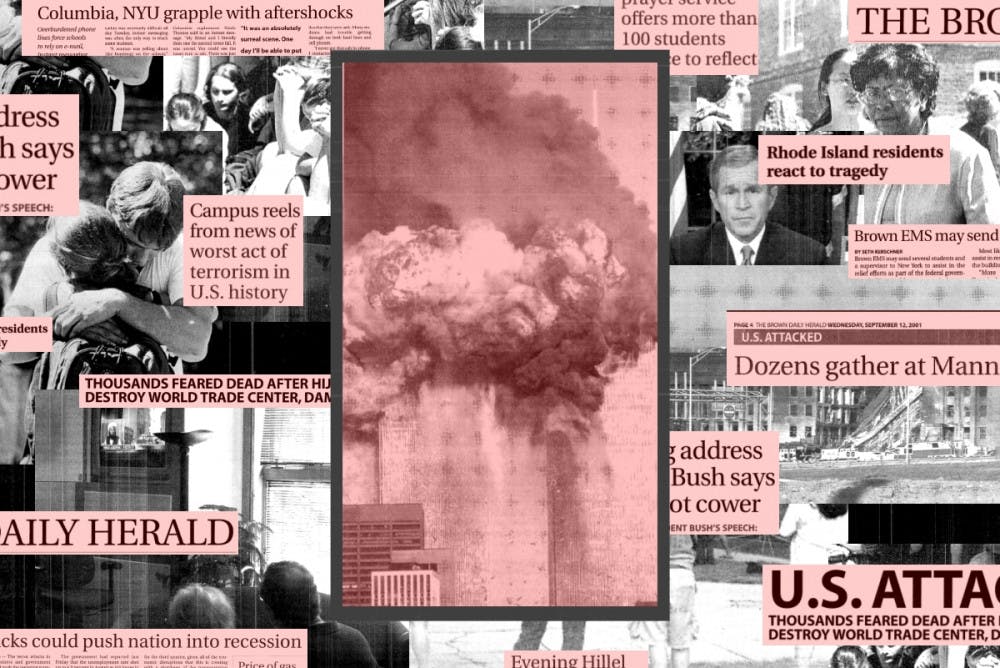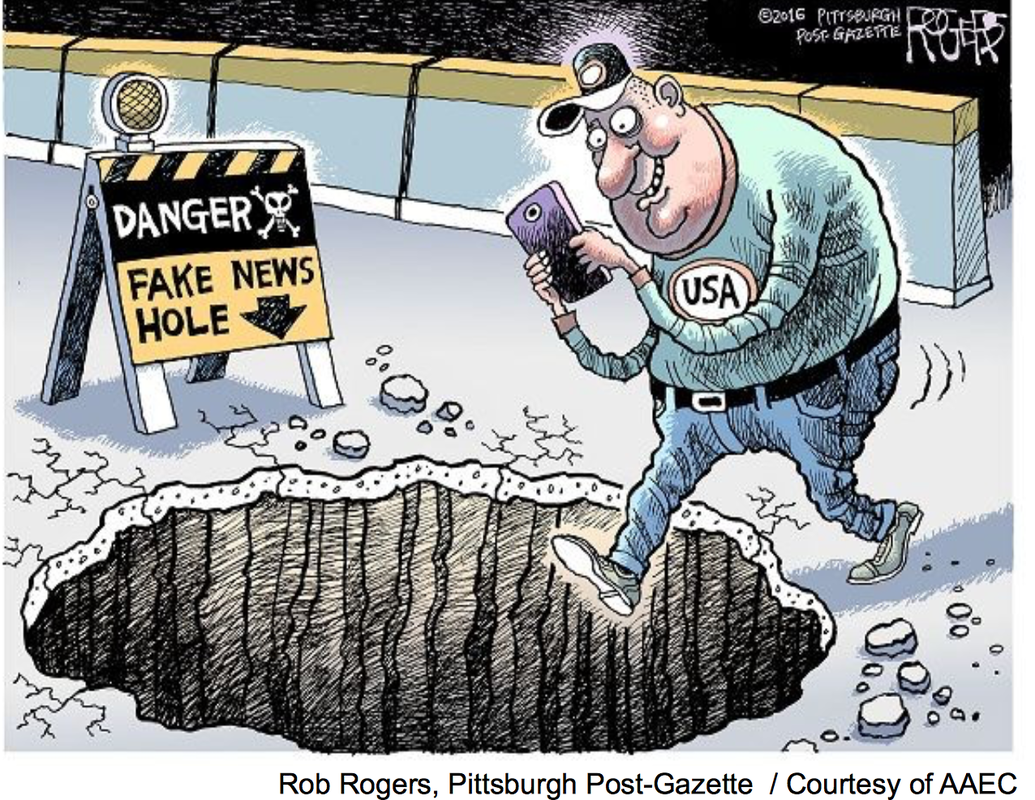1. Defining News
News (WIKI) refers to information about current events, developments, and issues, typically reported by journalists and news organizations. It encompasses a wide range of topics, including politics, economics, social issues, entertainment, sports, and more. News is disseminated through various media channels, such as newspapers, television, radio, and digital platforms, to provide people with timely and relevant information about the world around them. The purpose of news is to keep the public informed, promote transparency and accountability, and facilitate discussions on important matters affecting society. There is a mass history of what news is and where news as we know it originates from.
The history of news (PR.CO) is a fascinating journey that spans thousands of years, from ancient civilizations to the modern digital age. The concept of news has evolved alongside human civilization, reflecting changes in technology, politics, and social structures. From the earliest forms of news dissemination to the rise of digital media, the history of news is a testament to humanity's enduring need for information and communication.

The 20th century (WIRED) brought significant advancements in new technology, including radio and television, which revolutionized the way news was delivered and consumed. Radio broadcasts provided immediate access to news and entertainment, reaching millions of households worldwide. The advent of television brought a visual dimension to news reporting, with live coverage of major events and the rise of televised news programs.
The digital age has brought about profound changes in the news industry, with the internet and social media transforming the way information is created, shared, and consumed. Online news sources, blogs, and social networking platforms have democratized the creation and distribution of news, allowing individuals to participate in news production. However, the digital age has also raised concerns about the spread of misinformation and the challenges of verifying the authenticity of news sources.


Comments
Post a Comment